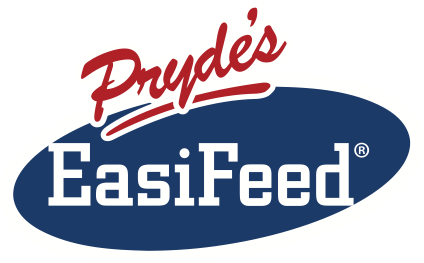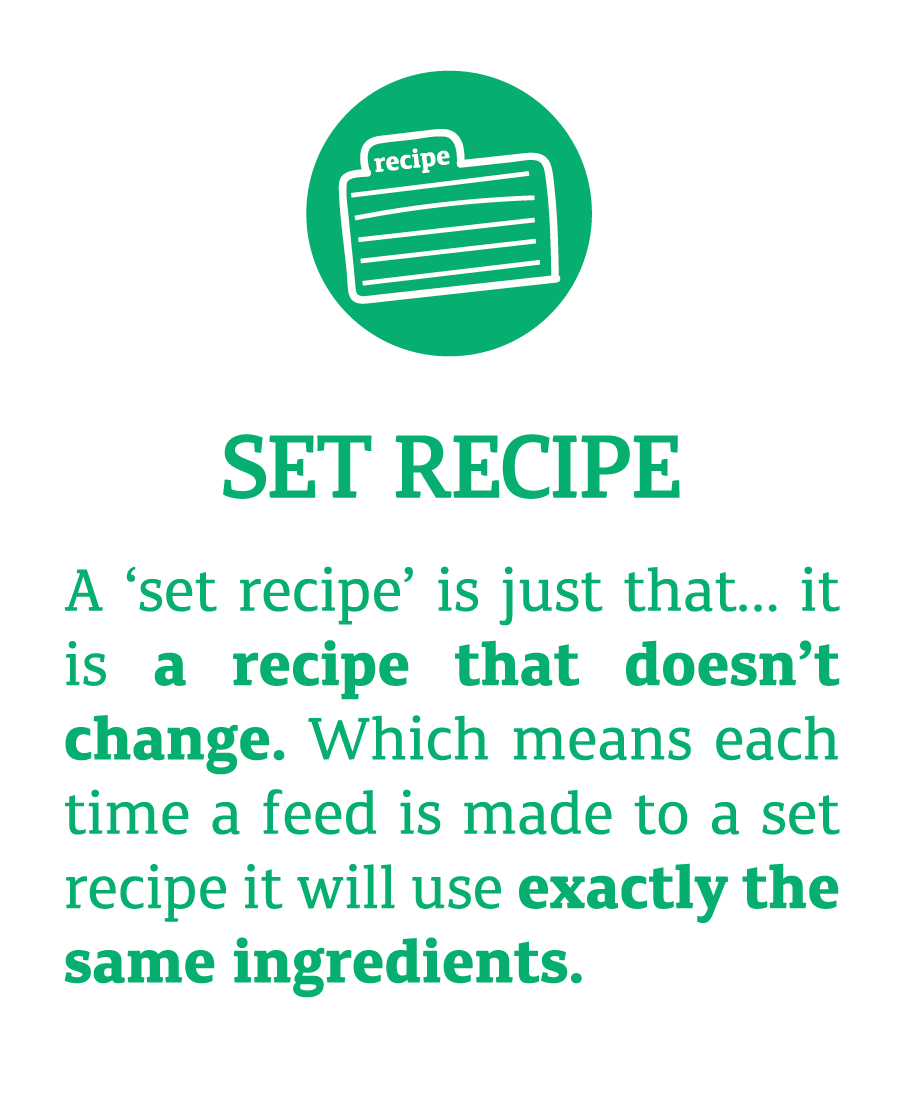SET RECIPE vs Least Cost
When a nutritionist creates a recipe for a horse feed they can either create a ‘set recipe’ for the feed OR a ‘Least Cost Formulation’. So what do these terms mean, and which is better?
Least cost formulations are not unethical. When done correctly they will provide the amount of calories (energy), crude protein, vitamins and minerals as specified on the label. However, the ingredients will change and protein quality can be compromised.
WHAT ABOUT Protein Quality?
So whilst Cottonseed Meal is a cheaper source of crude protein compared to Full Fat Soybean, it contains ONE THIRD the digestible Lysine. So the protein quality is inferior to Full Fat Soybean. This is the issue with Least Cost Formulations.
Because least cost feeds are made using the cheapest ingredients available you almost always end up with poor quality protein. And this will limit a horse’s ability to grow, build muscle or make milk (as per the previous pages on protein quality).
HOW CAN YOU TELL From the Label?
Read the list of ingredients. Feeds made to a set recipe will contain a very specific list of ingredients like ‘Barley, corn, wheat, soybean, lupins, faba beans, canola oil'.
Feeds made using least cost methods will include vague ingredient listings like ‘cereal grains and grain by-products, vegetable protein meals and vegetable oil’ to give the flexibility to change the ingredients used as ingredient prices change.





